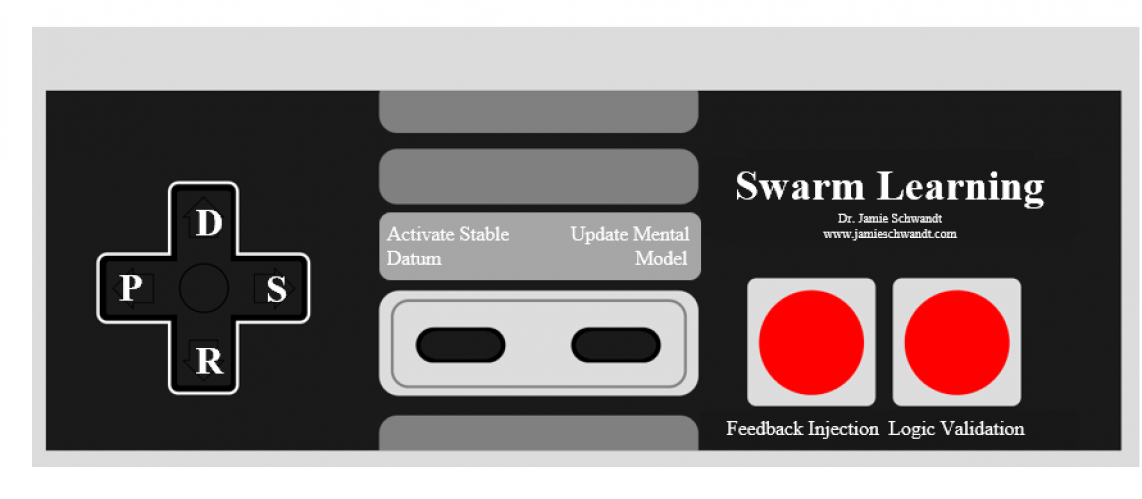I have included the URL to my Thortspace map with my questions down below!: https://thort.space/450267003
- What is autonomy & how does it apply in healthcare administration?: Autonomy involves individual freedoms to act or follow his or her own wishes. Autonomy can apply to individuals, organizations, institutions or other entities. In all of these cases, achieving autonomy allows them to run themselves freely without control from any external forces and without limitations. Autonomy also includes an individual’s or an organization’s right to access information which may be needed to make decisions on their own.
- In healthcare, a physician can respect a patient’s decision to obtain medical information and evaluate their options for treatment. Different individuals and organizations have different values and beliefs, but if these are respected, professional autonomy is created.
- What is HIPAA and why was it enacted?: HIPAA stands for the Health Insurance Portability and Accountability Act. It was created in 1996 to help combat abuses of privacy in the healthcare system, as well as waste and fraud. Technology in healthcare has become more advanced, creating avenues for electronic communication in healthcare, which required a whole new realm of privacy protection. HIPAA gives regulations for PHI protection, portability of health insurance, as well as the organization of the interchange of electronic data for financial/administrative entities. HIPAA can qualify entities as “need to know” so that PHI isn’t needlessly distributed.
- What is the purpose of a PHR?: PHRs can help individuals access their own medical information so that they can remain educated on their health status. Those patients who choose to use PHRs can decide what health information they want to provide, where it comes from, and who has access to it. PHRs can also help people with their own personal health goals outside of the doctor’s office: they can monitor their weight, track exercise, monitor chronic conditions, and many other things.
- What is General Semantics?: General Semantics is a program for self-improvement created in the 1920s to help people understand human mental models and behaviors. It examines why and how individuals perceive concepts differently. Everyone has different experiences in life, which is why individuals have such unique ways of evaluating, conceptualizing and responding to certain situations. The way an individual explains something is not reality, but it attempts to represent reality.
- Time Binding: building on knowledge of prior generations
- What is the process of abstraction or the abstraction process?: This process involves attempting to form concepts or recognizing common features. You can take abstract, unfocused ideas and break them down so that they are better understood. Connecting words, phrases/language with an abstract idea can eliminate learning barriers.
- In DSRP- what is a perspective? Use the abstraction process to provide your example.: Perspective in DSRP explains that individuals and organizations can see a problem or situation from multiple different angles (perspectives). It may be hard to explain your own viewpoint to someone else who has different experiences and different values, but if you use abstraction process to break down your thoughts, it may be better received.
- Example: A patient does not want to get a procedure..(WIGO). The patient did not have much autonomy and they were not able to choose their treatment options.. The patient is now scared about the unknowns of the procedure.
Using the process of abstraction within General Semantics- provide an example from the perspective of a healthcare administrator.: Changes in paperwork/administrative work→ Confusion about how to do the paperwork→ Anxiety about being replaced/fired from doing the job wrong→ Excited because they have figured out how to do the paperwork correctly and the process is now more efficient!

Great job!
The last remark sounds a lot like how this course started. Change in how an online class is run – anxiety that we all may not get it/or become 10x harder – excited because we all see and think in new perspectives that actually make a lot of sense and allow the course to be fun!
I love the Thortspace map too, I am starting to use it more frequently myself.